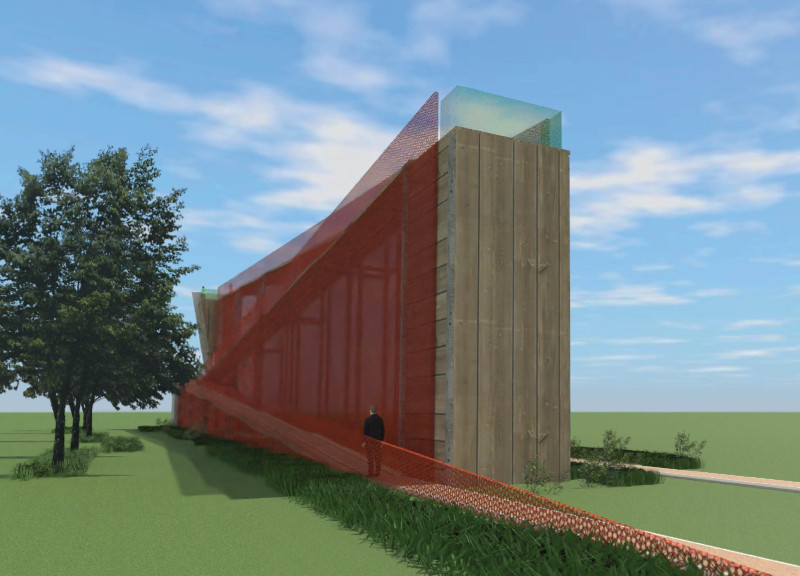5 key facts about this project
At the heart of the project lies its multifunctional design, accommodating a blend of residential, commercial, and communal spaces. This diversity not only enhances its utility but also promotes a vibrant atmosphere conducive to social engagement. The architecture is thoughtfully laid out to optimize natural light and ventilation, creating a pleasant indoor environment that reduces reliance on artificial lighting and mechanical climate control.
Materiality plays a significant role in the overall aesthetic and functionality of the project. A careful selection of materials underlines the architectural philosophy, with a predominant use of sustainable elements such as locally sourced timber, recycled steel, and natural stone. The timber cladding adds warmth and texture to the exterior, while the steel framework offers structural integrity and resilience. Natural stone is utilized in pathways and landscaping, seamlessly connecting built and unbuilt environments, further enhancing the project’s ecological sensitivity.
Unique design approaches are evident throughout the project, particularly in how outdoor spaces are incorporated into the overall layout. Lush green terraces and communal gardens are strategically placed to encourage outdoor activities and enhance biodiversity. These areas not only serve aesthetic purposes but also promote mental well-being and sustainability, reflecting a growing trend in architecture that prioritizes the environment and health.
The architectural design features an innovative roof structure that not only serves as a defining visual element but also plays a critical role in energy efficiency. This roof design incorporates solar panels, maximizing the use of renewable energy to power the building and thereby reducing its carbon footprint. The integration of green roofs further contributes to insulation while providing residents with accessible space for gardening and recreational activities.
Accessibility is another vital aspect of this architectural project. The layout has been designed with inclusivity in mind, ensuring that all areas are reachable for individuals with varying mobility levels. Ramps, wide pathways, and strategically positioned elevators ease the movement throughout the complex, ensuring a welcoming environment for everyone.
Another key aspect of the project is its relationship with the surrounding urban fabric. The architects have carefully considered sightlines and scale, ensuring that the new addition complements the existing architecture while contributing to the neighborhood's character. Engaging facades, with varying heights and textures, create visual interest and encourage pedestrian interaction, transforming the area into a more vibrant public realm.
Moreover, the project's strategic site selection highlights its commitment to community-centric design. By situating the building in proximity to public transport routes, schools, and local amenities, the project enhances accessibility and promotes a walkable lifestyle, thereby encouraging public transit use and reducing reliance on personal vehicles.
As the project develops, it becomes evident that the architects have successfully blended functionality with aesthetic appeal, creating a space that serves the community's needs while respecting ecological considerations. The thoughtful application of materials, attention to detail in design, and integration of green spaces all contribute to a holistic architectural vision that is pertinent in contemporary design discourse.
Readers are encouraged to explore the comprehensive project presentation for deeper insights, including architectural plans, architectural sections, architectural designs, and architectural ideas that further illustrate the thoughtfulness behind this significant architectural endeavor.


























